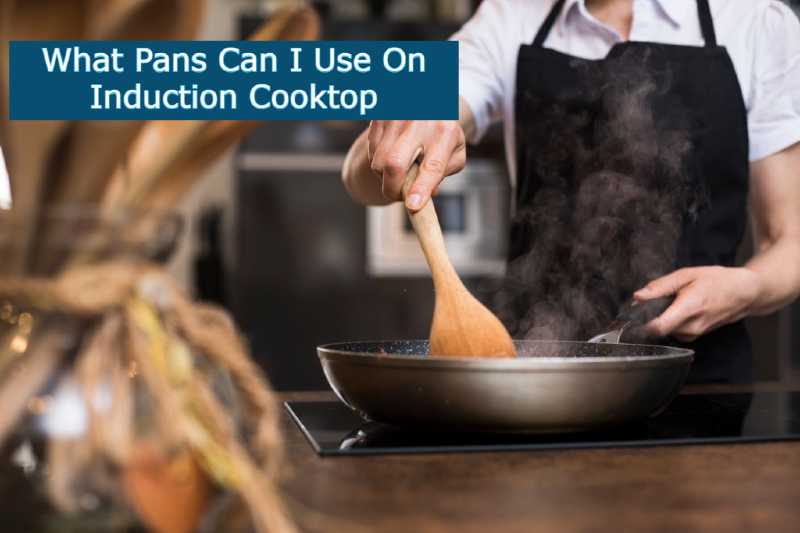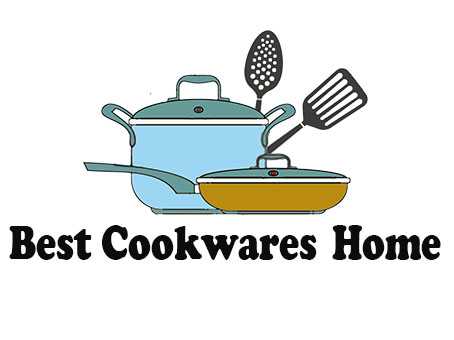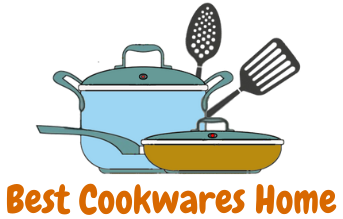
Induction Pans are growing in popularity because they are extremely efficient to cook with. The cooking surface of the induction cooktop uses only the exact amount of power needed to boil or sauté food.
This means you’ll save time and money, due to faster cooking times and lower energy bills. However, induction burners will not work with certain pans. Here’s how to make sure your pots and pans are compatible with an induction stovetop.
Induction hobs use a magnetic field to generate waves of heat deep within metals, including pots and pans. This cooking method is more precise than the flame of a gas stove or even an electric burner.
Summary
How Does Induction Cooking Works
Induction cooktop work by creating a magnetic field, that generates waves of heat deep within metals, including pots and pans. This cooking method is more precise than the flame of a gas stove or even an electric burner. This means that the pans will only start heating when they’re in direct contact with the hob, and you can’t just put anything on there. You need an induction-friendly pan in order to use an induction hob.
First, take a look at the bottom of your pots and pans, where there should be permanent markings noting whether they’re compatible with induction cooking. These hobs produce magnetic fields, which induce currents in the pans you use. With these currents heating up the pans, they begin to heat up, cooking your food.
Read More: Do Induction Pans Work on Electric Stoves?
What are the Best Materials to Use for induction hobs
Here are the details of the following materials that are well-suited to induction cooking:
Stainless steel: One of the best metals for induction cooking, stainless steel is used in many excellent cookware sets. If you have pots and pans made of stainless steel, then they’ll be compatible with your induction cooktop.
Copper: This material is conductive and transfers heat quickly, making it an ideal choice for induction pans. The copper conducts and transfers heat extremely well and therefore makes for a great all-around pan. If you have cookware with little copper, you may have to buy a separate copper induction pan.
Copper Core: A thin layer of copper is sandwiched between layers of aluminum or stainless steel. These pots and pans will heat up quickly and evenly, so it’s a great choice for your induction stovetop. While these pieces are less common than plain old copper, they’re out there.
Titanium: This durable metal is lightweight and strong, but not very effective for induction cooking. If you have a titanium pan that’s damaged or warped, it can be used on an induction stovetop. Just make sure to check its markings first to be sure it’s compatible with induction cooking.
Aluminum: A good conductor, but it is very common in the market. If you have aluminum pots or pans, just double-check to make sure they’re induction-friendly before using them on your stovetop.
Cast iron: A great conductor that heats very evenly, but it can sometimes take a while to reach full temperature. Since these pots and pans are not induction-friendly by default, make sure you’re buying a cast iron pan specifically designed for induction cooking.
What are the benefits of Induction cooking?
Induction is Durable
With induction cooking, you can get restaurant-style results right at home. It’s quick and efficient; there are no hot spots because the heat is directly in the pan itself, so it preheats to high temperatures much faster than other types of cooktops.
Cool Touch
They also keep cool to the touch except for around the metal base, which means that you don’t have to worry about accidentally touching the cooking surface and burning yourself.
Energy Efficient
The induction hob is energy efficient and environmentally friendly because induction cookers quickly preheat and only use power when the pan is actually on the element. This means it is more energy-efficient than gas or electric heaters, which constantly waste energy when your pan is off the element.
Fast Cooking
Also, induction cooking provides faster, more precise control of your pans’ temperatures. That means you can cook food more evenly and with greater consistency.
Safe
It’s also extremely safe. The magnetic field only extends a few millimeters into the cooking surface, and most induction burners cut off power to your cookware once it is removed from the heating area.
The type of cooking control you’ll get with an induction hob lets you simmer foods without burning them or overcooking them on high heat. Because the heat only comes from your pan, you can even cook delicate foods like eggs or fish with ease.
Easy To Clean
It is very easy to clean your induction cooktop because the surface doesn’t really get hot enough for grease or food to burn onto it. Since you can use metal or wooden utensils with an induction stovetop, pots and pans are easy to clean, just wipe them out while they’re still warm.
What are the Problems of Induction Cooking?
More expensive than gas or electric cooktops
One downside to an induction stovetop is its price. Induction cookers can be more expensive than traditional gas or electric burners, which means they may not be a cost-effective option for everyone.
Not suitable for large pots and pans
The induction element is encased in a metal enclosure, which means that you can’t use your large pots and pans on an induction stovetop. You’ll need to find induction-friendly cookware sets or be able to shop for individual pieces made of the material listed above.
Noise
Additionally, some induction cooktops produce a buzzing noise when they’re on. This can be a major annoyance, especially if you like to watch TV or talk on the phone while you cook. However, this is an issue with certain kinds of cooktops, and not all induction cooking appliances make this noise.
How do I know if my pans are induction compatible?
There are a couple of ways that you can find out if your cookware is induction compatible. First, examine the bottom of the pot. If it is magnetic, it will work with an induction cooktop. Second, when you turn the pan on in the cooking zone, does the water inside boil? If it does, then the pan will work with induction cooktops.
Can nonstick pans be used on induction stove?
If you are wondering if nonstick pans will work on induction cooktops, the answer is yes. The key is your cookware should have a magnetic base. That means most of the non-stick cookware sold in grocery stores won’t work for this purpose. You need to buy special magnetic non-stick cookware that works great on induction.
Is induction cooking bad for your health?
Induction cooktops use an energy-efficient technology that cooks faster while using less energy. Often compared to gas, induction cooking actually uses less energy due to the quick boil time needed for water.
Induction cooktops are very versatile and energy-efficient. It is safe to use as well as easy to clean up. However, it has been observed that the magnetic field generated by induction cookers can be hazardous to pregnant women and children.
Final Thoughts
If you’re looking for a new way to cook, induction cooking could be the solution. With faster heating times and more precise control than gas or electric stovetops, induction cooking is convenient and efficient, especially when paired with induction-friendly cookware sets.
However, it may not be able to handle all of your pans. Make sure to research your induction cooking appliances and pans before making a purchase, so you can be sure that they’ll work well together.
Read More:
Can You Use Aluminium Pans On Induction Cooktop?

Hi, Welcome to our Blog. We are a team of Professional Blogger and expert in Cookware, Kitchen Appliances. We Work for the latest Reviews for Cookware, Kitchen Appliances. You can give us your kind Suggestions for improvements of Blogs, Thank You
